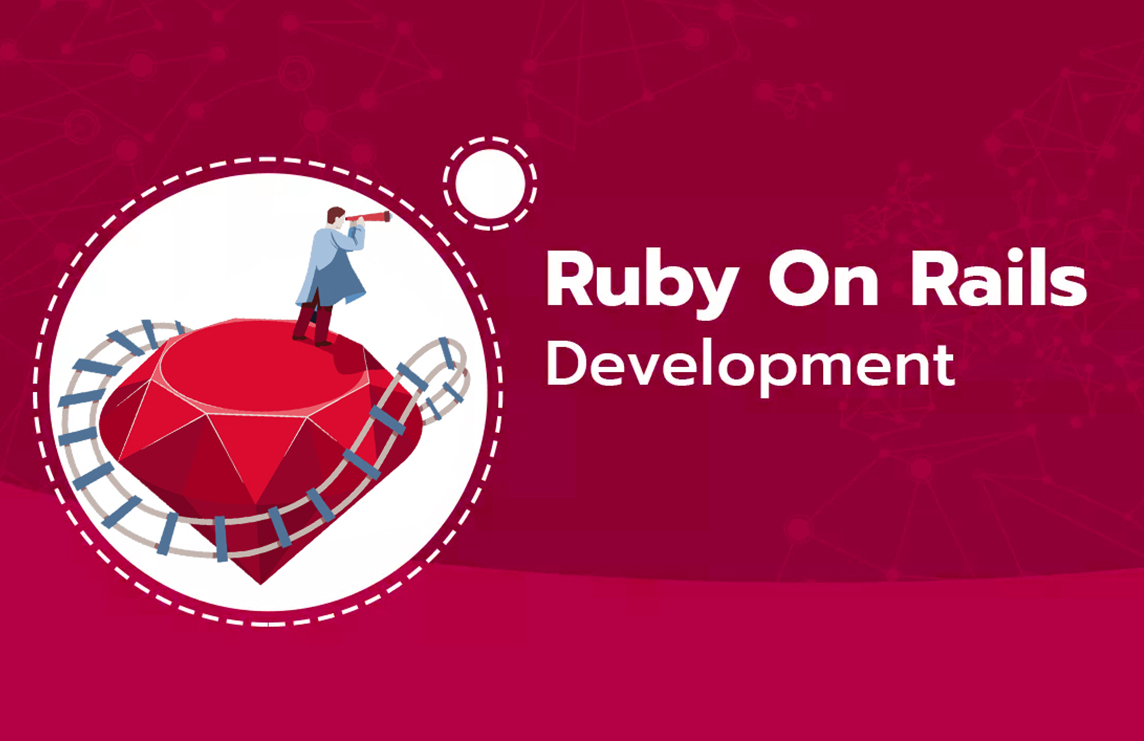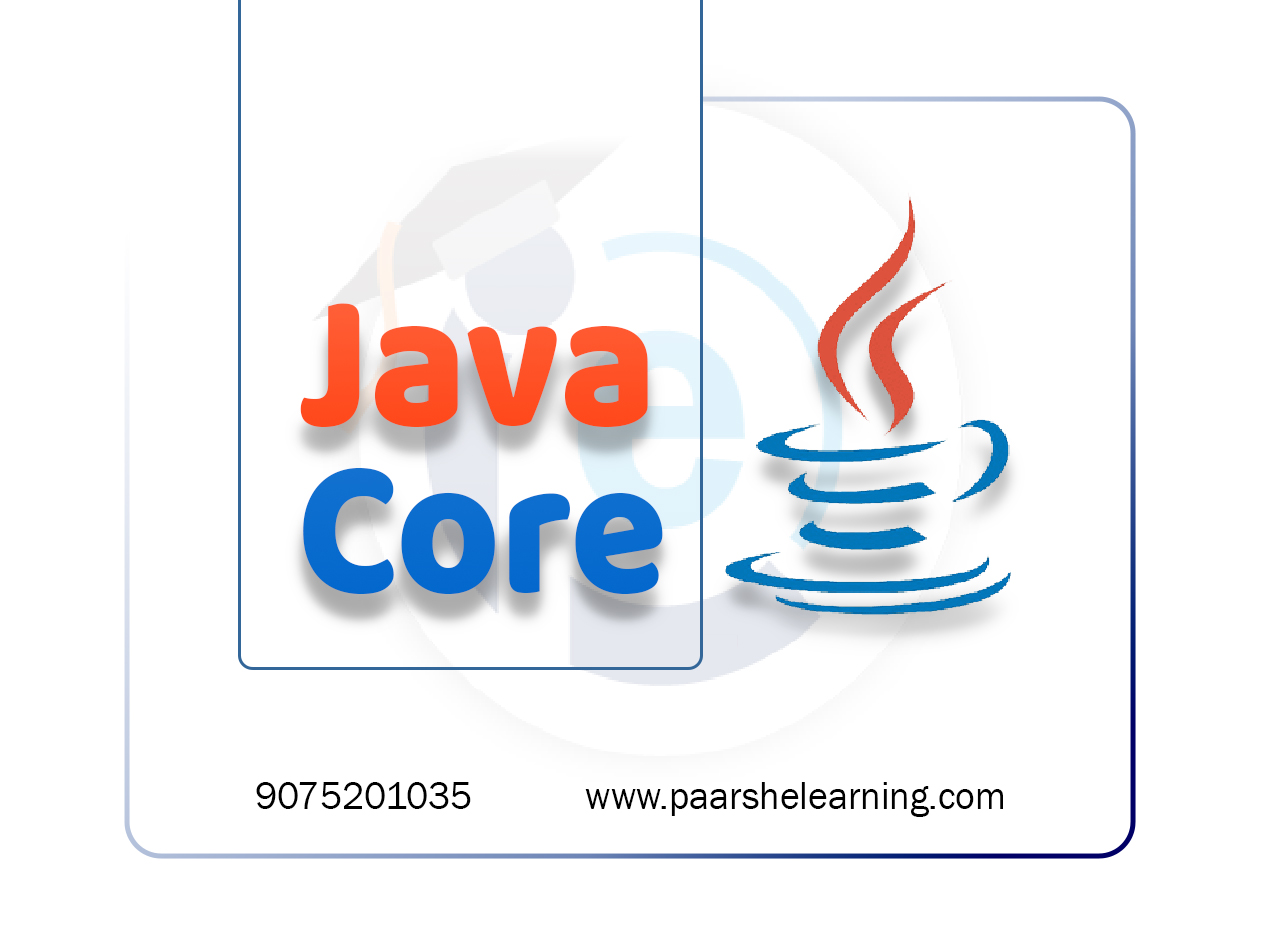- Ruby fundamentals: The course begin with a review of the basics of the Ruby programming language, including data types, control structures, methods, and classes.
- Rails fundamentals: The course will cover the key features of the Rails framework, including the MVC architecture, RESTful routing, ActiveRecord, and test-driven development.
- Building web applications: You will learn how to build a web application from scratch using Rails, including creating a new Rails project, building models, views, and controllers, and integrating with databases.
- Deploying web applications: The course may cover how to deploy a Rails application to a web server, including configuring the server and setting up a production environment.
- Advanced topics: Depending on the course, you may learn about more advanced topics such as authentication and authorization, caching, background jobs, and API development.
Ruby on Rails
Course description
Ruby on Rails (often just called Rails) is a popular web application framework written in the Ruby programming language. Here are some of the key features of Ruby on Rails:
-
Model-View-Controller (MVC) architecture: Rails follows the MVC pattern, which separates the application into three distinct components: models, views, and controllers.
-
Convention over configuration: Rails has a lot of built-in conventions that simplify development by reducing the amount of configuration needed to get started.
-
DRY (Don't Repeat Yourself) principle: Rails emphasizes the DRY principle, which means that developers should avoid repeating themselves by writing code that is reusable and maintainable.
-
Database integration: Rails provides a powerful Object-Relational Mapping (ORM) layer called ActiveRecord that makes it easy to work with databases using Ruby.
-
RESTful routing: Rails has built-in support for RESTful routing, which makes it easy to build scalable and maintainable web applications.
-
Test-driven development: Rails has built-in support for automated testing, making it easy to write tests for your application and ensure that it works as expected.
-
Scaffolding: Rails has built-in scaffolding functionality that can generate starter code for common tasks such as creating a new model or controller.
A Ruby on Rails course typically covers all of these features in-depth, providing students with a comprehensive understanding of the framework and how to use it to build web applications.
What you will learn from this course?
This course includes!
- Daily Live session
- Access on Mobile and TV
- Certificate of completion
- Certificate of completion
- Recommendation Letter
- Free lifetime access
- 100% Job Placement
This course is for
- Beginners: A Ruby on Rails course can provide a solid introduction to the field and help you build your skills from the ground up.
- Web developers: If learning Ruby on Rails can expand your skill set and make you more marketable in the job market.
- Career changers: If you are considering a career change into web development, a Ruby on Rails course can provide a solid foundation in a popular and in-demand technology.
- Familiarity with Ruby: Although not strictly necessary, some familiarity with the Ruby programming language will make it easier to understand the syntax and concepts of Rails.
Prerequisites for this course
- Programming fundamentals: It's important to have a strong understanding of programming fundamentals such as variables, data types, control structures, functions, and object-oriented programming concepts.
- Web development basics: You should have a basic understanding of web development concepts such as HTML, CSS, and JavaScript, as well as how the web works.
Ruby On Rails Syllabus
-
Introduction To Ruby On Rails
Overview of Ruby on Rails framework Setting up the development environment Creating a simple Rails application Understanding the Rails application structure
-
Models And Databases
Introduction to ActiveRecord ORM Defining models and database tables Creating, querying, and updating records Implementing migrations and database schema management
-
Controllers And Routes
Defining controllers and actions Setting up routes and URL mapping Handling HTTP requests and responses Using parameters and query strings in routes
-
Views And Layouts
Creating views using ERB (Embedded Ruby) Working with layouts and partials Rendering dynamic data in views Using view helpers and asset pipeline
-
Forms And User Input
Handling form submissions in Rails Using form helpers and form_for Validating form data and handling errors Implementing CSRF protection in forms
-
Associations And Relationships
Establishing model associations (belongs_to, has_many, etc.) Implementing one-to-many and many-to-many relationships Using ActiveRecord queries to retrieve related data Implementing nested resources in routes
-
Authentication And Authorization
Implementing user authentication using Devise Handling user registration and login Using CanCanCan for authorization and access control Protecting routes and resources with filters
-
Deployment And Final Project
Deploying Rails applications to hosting environments Using web servers like Unicorn or Puma Containerization using Docker Final project: Developing a complete web application using Ruby on Rails
-
Paarsh E-Learning encourages hands-on practice, assignments, and projects throughout the course to reinforce students' understanding of Ruby on Rails concepts. Assign practical exercises that involve building web applications, integrating databases, and implementing various features of Rails. Cover both theoretical concepts and practical applications to provide a well-rounded learning experience.






